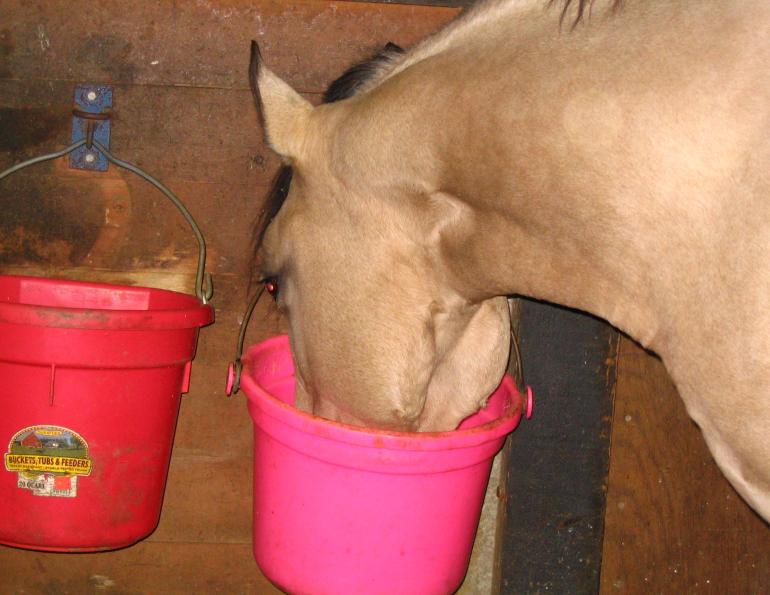The Ultimate Guide to Horse Barn Safety
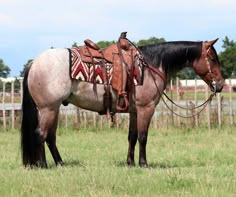
Ensuring safety in a horse barn is crucial for protecting both the animals and the people who care for them. This guide covers essential safety practices, common hazards, and preventive measures to create a secure environment.
Key Topics Covered
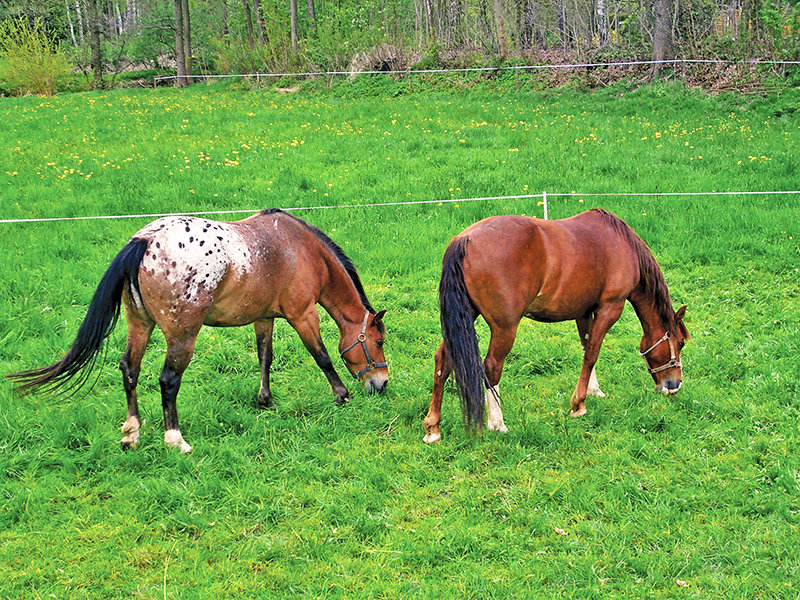
1. Importance of Horse Barn Safety
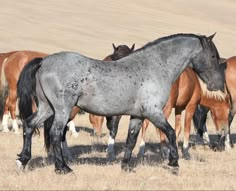
Horse barns can be hazardous environments due to the size and behavior of horses, as well as the presence of equipment and feed. Prioritizing safety helps prevent injuries, reduces liability, and promotes the well-being of horses and handlers.
2. Common Hazards in Horse Barns
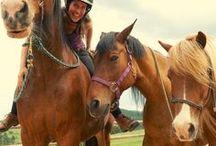
- Slippery Floors: Wet or muddy surfaces increase the risk of falls.
- Poor Lighting: Insufficient lighting can cause accidents.
- Improper Storage: Tools, feed, and equipment left out can cause trips or injuries.
- Fire Risks: Hay and bedding materials are highly flammable.
- Unsafe Fencing and Gates: Broken or weak fencing can lead to escapes or injuries.
3. Safety Equipment and Gear
- Protective Helmets: Essential for anyone riding or working closely with horses.
- Proper Footwear: Sturdy boots prevent foot injuries.
- Fire Extinguishers and Smoke Detectors: Strategically placed for quick response.
4. Barn Design and Maintenance
- Ventilation: Good airflow reduces respiratory issues.
- Non-slip Flooring: Materials like rubber mats improve footing.
- Regular Inspections: Checking for hazards like loose boards or exposed nails.
5. Emergency Preparedness
- First Aid Kits: Accessible and well-stocked for both humans and horses.
- Evacuation Plans: Clear procedures in case of fire or natural disasters.
- Training: Staff and owners should be trained in emergency response.
6. Daily Safety Practices
- Safe Handling Techniques: Approaching and leading horses calmly.
- Cleanliness: Regular cleaning to prevent buildup of dust and waste.
- Monitoring Horse Behavior: Recognizing signs of distress or aggression.
Table: Safety Checklist for Horse Barns
| Area | Safety Measure | Frequency |
|---|---|---|
| Flooring | Check for slippery spots | Daily |
| Lighting | Ensure all bulbs are functional | Weekly |
| Fire Safety | Inspect extinguishers and alarms | Monthly |
| Equipment Storage | Organize and secure tools | Daily |
| Fencing and Gates | Repair damages | As needed |
Frequently Asked Questions (FAQ)
Q1: How can I reduce fire risks in my horse barn?
A1: Store hay and bedding away from electrical sources, maintain clean and dry storage areas, and install smoke detectors and fire extinguishers.
Q2: What is the best flooring for horse barns?
A2: Non-slip, durable materials like rubber mats or textured concrete are ideal to prevent slips and injuries.
Q3: How often should I inspect my barn for safety?
A3: Daily visual checks combined with weekly and monthly detailed inspections help maintain a safe environment.
Q4: What should be included in a horse barn first aid kit?
A4: Bandages, antiseptics, wound dressings, scissors, gloves, and any medications prescribed by a vet.
By following these guidelines, horse owners and barn managers can significantly reduce risks and create a safer, healthier environment for everyone involved.
